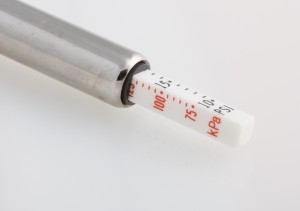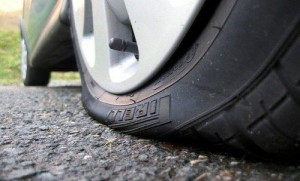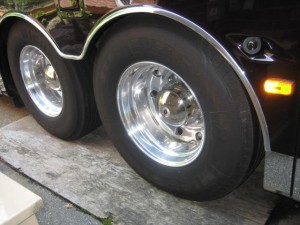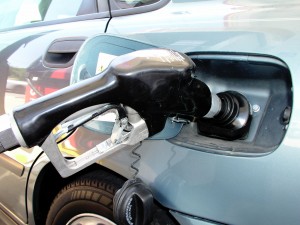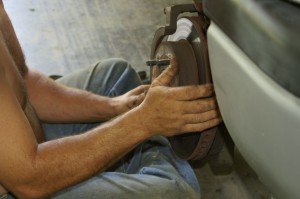 There’s still a lot of doubt about the value of nitrogen tire inflation, despite research and experience that say otherwise. Even though it may be hard to convince the consumer marketing about the benefits of having nitrogen in tires, industry should take a little less convincing when major companies and industries like the military, the airlines, and NASCAR have used nitrogen tire inflation for years. If you are in fleet management, and you still need a little more convincing, here are six excellent reasons on why nitrogen tire inflation is a good idea for your managed fleet:
There’s still a lot of doubt about the value of nitrogen tire inflation, despite research and experience that say otherwise. Even though it may be hard to convince the consumer marketing about the benefits of having nitrogen in tires, industry should take a little less convincing when major companies and industries like the military, the airlines, and NASCAR have used nitrogen tire inflation for years. If you are in fleet management, and you still need a little more convincing, here are six excellent reasons on why nitrogen tire inflation is a good idea for your managed fleet:
- Better Pressure Retention – Because of its larger molecular size, nitrogen migrates through a tire three to four times slower than oxygen. Tires are not impermeable, and oxygen molecules migrate through the sidewalls, belts, tread, tire bead, and valve stem. Using nitrogen tire inflation will slow this migration, and help each of your fleet vehicles to maintain proper tire pressure for a longer period of time.
- Improved Handling – Proper tire inflation ensure the recommended “contact patch” of your tire is on the road. Tires that are over or underinflated will create uneven wear patterns, making them less safe on which to drive. Over/underinflation also negatively affects fuel efficiency, which leads to our next reason.
- Higher Fuel Economy – Proper tire pressure lessens rolling resistance and maximizes fuel efficiency. Research has found that proper tire pressure leads to a 3.3% increase in fuel efficiency. This may not seem like a lot, but for a managed fleet with 100, 1000, or 10,000+ vehicles, those few percentage points add mean a return on investment for nitrogen tire inflation and fuel cost savings in the long run. A tire that is 15 percent underinflated has a 2.5% decrease in fuel economy.
- Enhanced Safety and Reliability – Under-inflated tires cause 90 percent of blowouts. Nitrogen provides more reliable pressure for reduced blowout potential. Safety and reliability should be a top priority for all members of a managed fleet.
- Longer Tire Life – Under-inflated tires wear quickly on the shoulders, and overinflated tires wear in the center. In addition, removing oxygen eliminates oxidation and condensation that can damage inner liners, steel belts and rims. Proper tire pressure, which nitrogen maintains for a longer period of time than air, increases tire life by 20 percent. A tire that’s 15 percent underinflated has eight percent less tread mileage than one at proper tire pressure. The increase in tire life could mean savings in tire expenses or in retreads for a managed fleet.
- Better for the Environment – Anything that improves fuel efficiency and reduces toxic emissions is good for the environment, and nitrogen in your tires can help. Anything that your managed fleet does that’s considered “green” or “sustainable” is also great for marketing purposes, since it’s a way not only to differentiate from the competition but also to appeal to customers.


